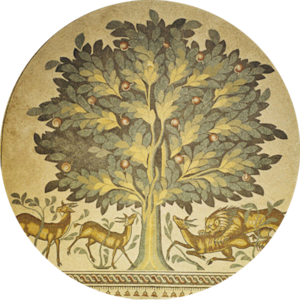Civilization Collapse, Famine In The Sahel
1968 • Sahel
"Although very much a dry land region, the Sahel also constitutes a natural greenbelt located south of the Sahara that protects pastoralists and farmers from the great desert. Although it has low natural rainfall, the Sahel has always been able to support a variety of flora and fauna along with a diverse range of human lifestyles... All this changed, however, when extensive slash-and-burn agriculture began to decimate the natural woods and bush lands... When drought set in around 1968, farmers from Mauritania in the west to Ethiopia in the east, as well as the local pastoralists, initially assumed it was just another cyclical dry year from which they would soon recover. But the usual rains did not return until 1972, and 250,000 people died because of the famine and associated disease. When the rains did come at last, much of the soil that should have supported the recovery was gone, literally blown away. The desiccated lands, lacking the original organic matter, could not sustain the grasses and bushes that normally fed livestock. What had once been a 'nondesert dry land' had become desertified."
Uekötter, Frank. "The Turning Points of Environmental History." Pittsburgh, PA: University of Pittsburgh, 2010. 151. Print.


Learn about Maya Lin’s fifth and final memorial: a multi-platform science based artwork that presents an ecological history of our world - past, present, and future.

Discover ecological histories and stories of former abundance, loss, and recovery on the map of memory.

Learn how we can reduce our emissions and protect and restore species and habitats – around the world.

See how art can help us rethink the problems we face, and give us hope that each one of us can make a difference.

Help make a global memorial something personal and close to home. Share your stories of the natural world.
